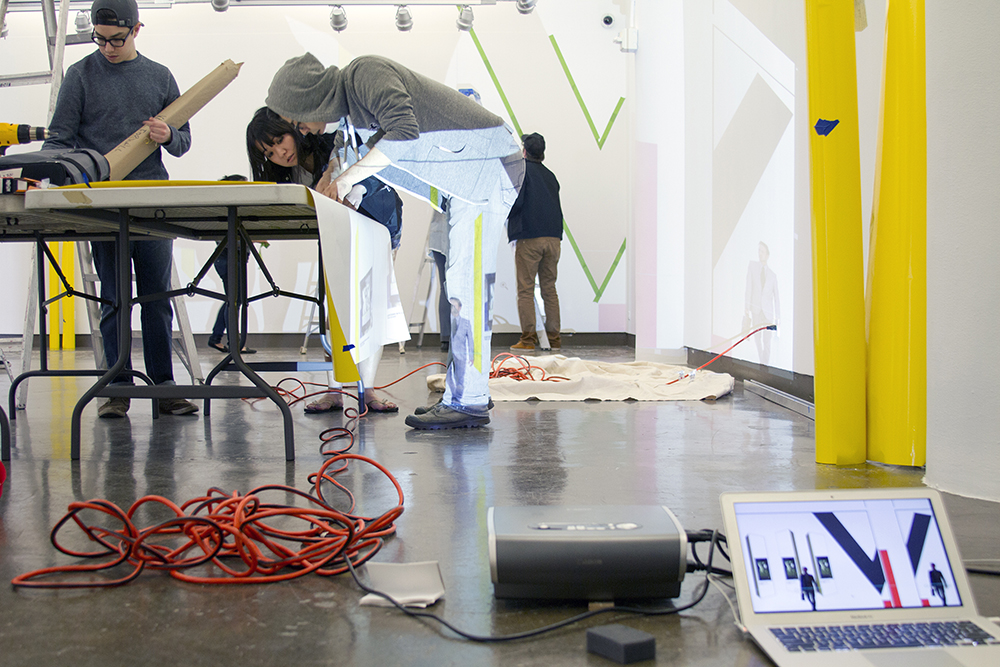“Imposing an ideology will foster rebellion. Design collaboration is simply one more tool, one more method, one more asset in developing good work.”—Steven Heller
Steven Heller: Co-Chair, MFA Design Program at SVA / New York NY
design.sva.edu
“imposing an ideology will foster rebellion. design collaboration is simply one more tool, one more method, one more asset in developing good work.”—steven heller
Is there a place for collaboration in design entrepreneurship?
We teach students to be self-confident. That is the first step towards becoming a design entrepreneur. This means being at ease in collaborative situations as well as individual ones. There is a huge emphasis on design collaborations these days, which is a marked shift from the single genius concept. But we know that inspiration is not always found in group dynamics. It is important for designers to understand that collaborations are essential, but like in film, the individual vision is extremely valuable.
Why do academics need to start considering cross-disciplinary collaboration as an integral component?
Because we are not islands. Design is, by virtue of the new technologies, a cross-disciplinary (or as some say, trans-disciplinary) activity. Graphic design is not just making type and image compositions; two, three, and more dimensions are part of the graphic design landscape. The fact is, the distinction between graphic and other design disciplines is gradually fading away.
SVA GDMFA Studio
courtesy of heller + talarico
Do you think more American universities will start adopting collaborative-minded curricula?
We cannot speak for other institutions. SVA began 17 years ago by removing “graphic” from our title, in anticipation of the shift in our discipline. And we can see that happening in other schools. As far as collaborative-minded curricula, there is a natural force pushing in that direction. But as stated above, it cannot be the entire curriculum. Groupthink is a tool, not an outcome. Perhaps schools are slow in succumbing to collaborative curricula because of tradition, politics, or simply inertia. But changes are inevitable.
SVA GDMFA Studio
courtesy of heller + talarico
Do employers seem particularly keen on students who demonstrate collaborative skills?
Lita and I co-founded an MFA program. Undergrad is another universe. But one way we’ve encouraged collaboration is how we’ve designed our SPACE. It was originally, and continues to be, designed as a design firm. Students are in a collaborative environment, which fosters more integration of ideas and skills. In the undergrad experience, this is not easy to do, but in certain classes, students could readily become members of teams and solve problems as teams. It’s not that difficult to implement.
To be honest, collaboration happens on its own accord. Graduate students, at least ours, come to the program wanting—needing—to be nourished, aided, and inspired by others. Skill sharing happens without putting a label on it. The faculty serves an important role, but so do the other students. Our MFA students naturally lean towards a collaborative space while retaining their individual visions.
Many design firms are inherently collaborative. This is not a new phenomenon, dating back to the Bauhaus and before. So it’s not so much a matter of evolution, but continuation.
SVA GDMFA Studio
courtesy of heller + talarico
Has design collaboration swung toward ideology?
Ideology is a drug. We should not resort to drugs. Imposing an ideology will foster rebellion. Design collaboration is simply one more tool, one more method, one more asset in developing good work.



